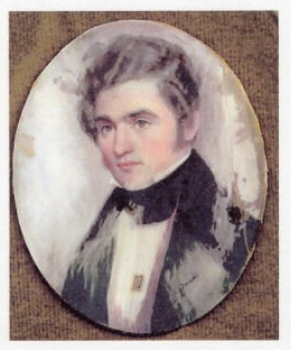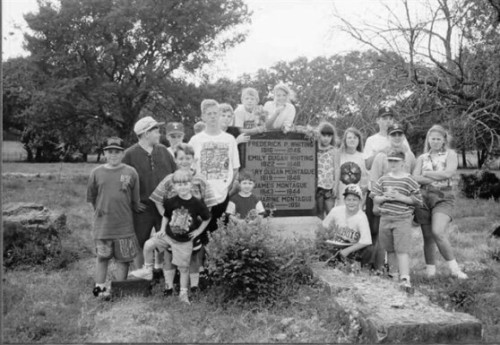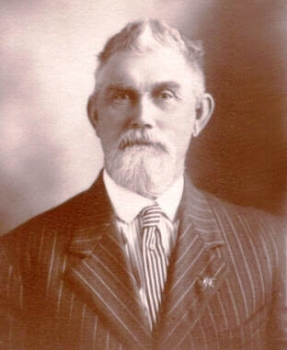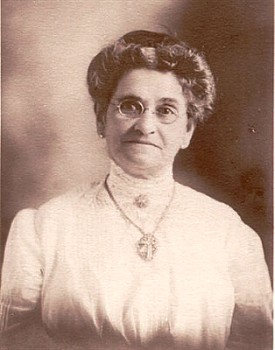|
Whiting ~ Dugan  Frederick Parker Whiting 1814 - 1846 Frederick Parker Whiting was born
10
June 1814 in Union, Maine, the son of John
Whiting and
Nancy Lowell.
Frederick grew up in a family of eight boys and
three girls, but he was
the only son who ended up in Texas. He had
a brother who was
lost
at sea, three brothers headed for California,
and another left home for
Florida. His other siblings remained near
home in
Maine. Frederick's
paternal ancestors go back to the emigrant,
Nathaniel Whiting, who was
a landowner in Lynn, MA, in 1638. His
mother's family goes
back to
Percival Lowell, the emigrant, who sailed for
America in 1639 and
settled
in Newbury, MA.
Frederick,
a handsome young man, arrived in Houston, Texas,
around 1840.
Being reared in the same home gave them stronger than usual ties. Also, they married cousins who were about the same age. Henry married Ann Eliza Spotts and George married Mollie Inge Fitzgerald. George and Mollie were parents of eight and grandparents of sixteen. Henry and Ann Eliza had no children. George was Henry's only heir. The miniature
portrait of Frederick sparked me to find
out more about this mysterious
ancestor who came to Texas and died so soon
afterwards.
Frederick
Parker
Whiting died 24 December 1846, aged
thirty-two. His wife,
Emily (Dugan)
Whiting, died 19 December 1846, aged
twenty-four.
Compiled by: Lora B. Tindall  Dugan/Whiting
Cemetery at Dugan
Chapel marking the graves of
Emily and Frederick Whiting, Emily's sister Mary
(Dugan ) Montague and
her two children. Mary was the wife of Daniel Montague. Around the stone are fifth generation Whiting descendants. Sources:
RESEARCH LOG: Vital Records, Union, ME 1794-1910 LDS FHL Film 0012229 Item 1 p 16; Tombstone readings from Indian Cemetery, Dugan Chapel Located ca 5 miles north of Bells, TX; Whiting/Dugan Family Bible; Grayson Co., TX, land deeds (Deed from Dugans to grandson G.D.F. Whiting); Known Marriages of Fannin Co., TX, 1838-1852 by Patricia A. Newhouse, p 6, marriage records (Frederic and Emily-1845); Daughters of Republic of Texas--Lora Byrd Whiting Tindall, #14836-Sup#16290-S; VA Point Church History from newspaper articles; Original Republic of Texas Landgrant #486, Vol. 4, dated 7 Dec. 1845, signed Anson Jones, president, recorded Grayson County, TX, 5 March 1888 at 5 p.m. in Vol. 74, p 629 Record of Deeds; Indian Depredations in TX (1890) by Wilbarger PP 379-387 and PP 405-422; Annals of Warren, ME, by Cyrus Eaton (1877) PP 645-646; History of Grayson Co., TX by Grayson Co. Frontier Village, Inc.(1979) Vol. I, PP 696-697; Daniel & Catharine (Vaden) Dugan Family Bible notes as copied by Lida Webster Dugan, who died 23 Dec 1945; Hand painted miniature portrait of Frederick Parker Whiting in possession of Lora B. Tindall 2002 Biography Index Susan Hawkins ©2025 If you find any of Grayson CountyTXGenWeb links inoperable, please send me a message. |

